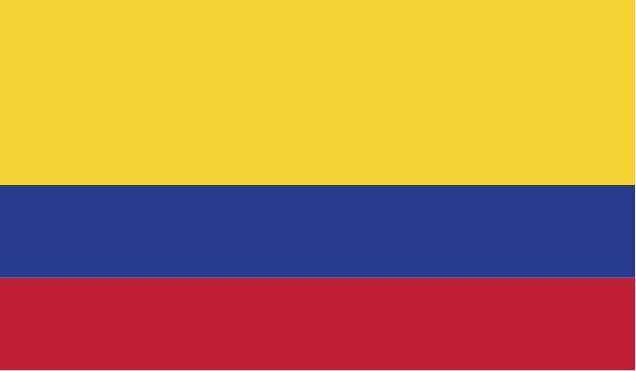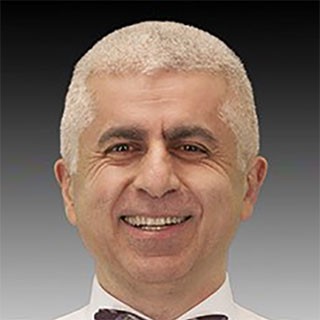Removing a Cystic Duct Stone using the SpyGlass™ Retrieval Basket
Albany Gastroenterology Consultants - Albany, NY, U.S.A.
Patient History
A 33-year-old female was referred for abdominal pain and abnormal imaging suggestive of possible cholangiocarcinoma. The patient had presented to the ER with RUQ pain associated with nausea and vomiting. She had a cholecystectomy over 11 years ago for choledocolithiasis post-partum with an ERCP and stent placement followed by a laparascopic cholecystectomy, which was uneventful.
The patient had two subsequent pregnancies without any complications. However, the patient’s temporary biliary plastic stent was never removed. She was under the impression that it was removed during cholecystectomy and no further intervention was needed. She reported having chronic intermittent, mild biliary type pain but attributed it to post ccy sequalae, until recently when her pain worsened and increased with abdominal flexion.
The patient was seen in the ER, and a CT scan showed the biliary stent with a 2cm low attenuated lesion at the confluence of the right and left intrahepatics with intrahepatic dilation. The biliary stent was just below the lesion. The patient did have recent weight loss which was intentional.

Procedure
An EUS/ERCP was scheduled for stent removal and further characterization of the hilar lesion. EUS showed a dilated CBD filled with stones, and no pancreatobiliary mass was seen. The cholangiogram was consistent with a stone-filled CBD and intrahepatics with a mild distal CBD stenosis. Stone removal was challenging due to extensive stones and stone casts. A combination of EHL, basket lithotripsy and balloon extraction was used. However, this was only partially successful and a decision was made to repeat the ERCP and complete the stone extraction in another session.
The patient experienced immediate epigastric pain post-procedure. She was admitted post-procedure for observation and pain control, and discharged the next morning with no evidence of post ERCP pancreatitis.
An ERCP was repeated four weeks later. Multiple stones were removed using balloon extraction, but with persistent distal stenosis in the distal CBD (Figure 1). Cholangioscopy was then performed, which showed that there were no retained stones in the CBD, but three stones were present in the cystic duct (two stones were upto 5mm in size and one stone was around 2-3 mm), partially compressing the CBD.
The stones were adherent to the mucosa and near the end of the duct. Balloon extraction was not possible due to the size and location of the stones in the duct. A SpyGlass Retrieval Basket was used to successfully remove the two large stones (Figures 2 and 3).
Results
In this case, EHL was avoided with the use of SpyGlass Retrieval Basket. The two larger stones were easily captured with the basket, but the smaller stone, which was also the most distal stone, was hard to capture due to proximity to the wall.
The stone was dislodged with the basket, and guided out of the duct with suction. No stones remained in the biliary tree including the cystic duct at the end of the procedure (Figure 4).


















